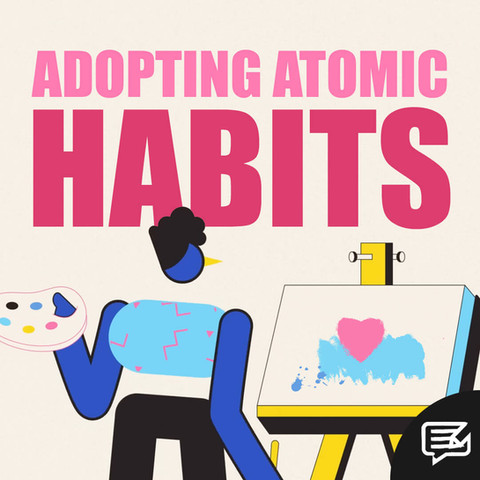
13.11.21
WHAT IS CLOUD SEEDING?
With temperatures continuing to rise around the world, it’s clear we’ll need to rely on something other than rain dances to fend off droughts.
That’s where “cloud seeding” comes in – a type of weather modification that typically aims to increase the amount of rain or snow.



According to a March 2021 article in The Guardian:
“Cloud seeding involves using aircraft or drones to add small particles of silver iodide, which have a structure similar to ice, to clouds. Water droplets cluster around the particles, modifying the structure of the clouds and increasing the chance of precipitation.”
You’d be forgiven for thinking it’s a new initiative, but the first successful cloud seeding took place almost a century ago, in 1923. The feat was achieved at McCook Field in Dayton, Ohio by W.D. Bancroft, a professor at Cornell University.
But whilst based on old principles, the method of delivery continues to evolve.
Earlier in 2021, the United Arab Emirates began testing unmanned drones designed to give clouds an electric shock that cajoles them into producing rain. It is just one of nine different rain-enhancement projects funded by the government for a total cost of $15m, and is headed up by scientists from the University of Reading.
The BBC reported:
“The project aims to change the balance of electrical charge on cloud droplets, explained Prof Maarten Ambaum, who worked on the project.
‘The water table is sinking drastically in [the] UAE and the purpose of this is to try to help with rainfall,’ he told the BBC.
The country does, though, ‘have plenty of clouds’, so the plan is to persuade the water droplets in them to merge and stick together, ‘like dry hair to a comb’ when it meets static electricity, he said.
‘When the drops merge and are big enough, they will fall as rain.’”
The article continues:
“Alya Al-Mazroui, director of the UAE's rain-enhancement science-research program, told Arab News: ‘Equipped with a payload of electric-charge emission instruments and customised sensors, these drones will fly at low altitudes and deliver an electric charge to air molecules, which should encourage precipitation.’”
It’s a fascinating project which could be a game changer if successful.
In June, the UAE recorded temperatures as high as 51.8°C. Combined with the paltry 4-inches of average annual rainfall in Dubai, it’s clear to see why something needs to be done. But cloud seeding is not without its challenges…
An eye-opening article by Ariel Cohen for Forbes addresses some of these challenges:
“Given that the by-products of these weather altering missions will quite literally be raining down on people’s heads, crops, and drinking water, there are significant safety concerns surround [sic] cloud seeding. Some fear that accumulated particles might linger, eventually proving carcinogenic to humans or harmful to the local environment.”
The article continues, outlining the concerns of some experts that the process could trigger flooding. And what of private weather drone ownership? Could inclement weather be the result of an attempt to force a snow day? Most troubling, however, is the potential for weaponisation:
“Water security is a priority for every country. Without water, there is no life, no agriculture, and no country. Wars have been and are being fought over water access…
“If cloud seeding becomes more mainstream, it is easy to imagine [authoritarians] using weather modification as a weapon against internal and external opposition, or blaming a neighbors’ seeding efforts as the source of domestic weather woes.”
“A hot or thirsty country triggering rainfall to the detriment of their neighbors is arguably taking what’s not theirs. The jurisdiction over not yet fallen rain ‘resources’ will be tricky, with no applicable international law regulating the issue directly. The geopolitical implications would become more troubling as calls for restitution are likely to escalate. If controlling the weather is a luxury of the powerful and wealthy, water access may become a tool of pressure or a trigger of conflict.”
I must admit, the weaponisation of the weather is not something I’ve ever given much thought to.
Perhaps Gerard Butler’s 2017 box office flop, Geostorm – in which a system of climate-controlling satellites is hijacked by a power-hungry government official – isn’t as preposterous as first thought. Although a Rotten Tomatoes score of 16% suggests otherwise…
But for any of these issues to ensue, there needs to be a working system in the first place: something this video of heavy rain in Abu Dhabi and Al Ain, posted to Twitter by The National Centre of Meteorology (NCM), suggests isn’t far off.
Initiatives in other parts of the world, however, have proved inconclusive.
In March 2021, Scientific American published an article detailing how eight US states were seeding clouds to overcome a so-called “megadrought”, whilst raising important questions around the efficacy of such interference:
“To prove that cloud seeding has a real effect, scientists have to demonstrate that whatever outcome it produces would not have happened without it. That requires setting up an experiment with at least two tests—one with cloud seeding and one without it—in the same location and under identical weather conditions.
“Because the weather changes so quickly, that’s really difficult to do. And even when it’s possible, such studies require advanced monitoring technology, including high-tech radar. This kind of tech just wasn’t widely available until recently.
The article continues:
“That means cloud seeding research has mainly relied on statistical studies instead. These studies measure the precipitation produced with cloud seeding in one location, and then they compare it to a different location where no cloud seeding took place.
“The two settings aren’t identical in these kinds of studies. That means they don’t definitively prove that the precipitation produced by cloud seeding in one area would not have happened without it.”
The piece also touches upon the SNOWIE project - short for “Seeded and Natural Orographic Wintertime Clouds” - which provided some of the first quantitative evidence that cloud seeding actually works. The good news? They succeeded in generating snow. The not-so-good news? There wasn’t much of it, and certainly not enough to overcome a drought situation.
One quote from the article, attributed to Sarah Tessendorf - an atmospheric scientist with the National Center for Atmospheric Research who also worked on the SNOWIE project - stood out to me:
“The question is not anymore, ‘Does cloud seeding work?’ The questions really are, ‘How and when does it work? How effective is it under different conditions?’”
If the rain in the UEA is anything to go by, we should have the answers soon enough.

























































